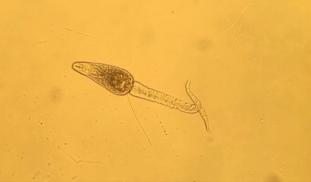23
0
0
Like?
Please wait...
About This Project
Schistosomiasis is a Neglected Tropical Disease that affects 200 million people every year, mostly in limited-resource communities in Africa and South Eastern Asia. Praziquantel is the only commercially available drug that can treat Schistosomiasis, however, resistance to this drug has become a serious concern. Our project will screen 700 small molecules in order to identify compounds with anti-schistosomal properties in hopes of developing alternative therapeutics.

